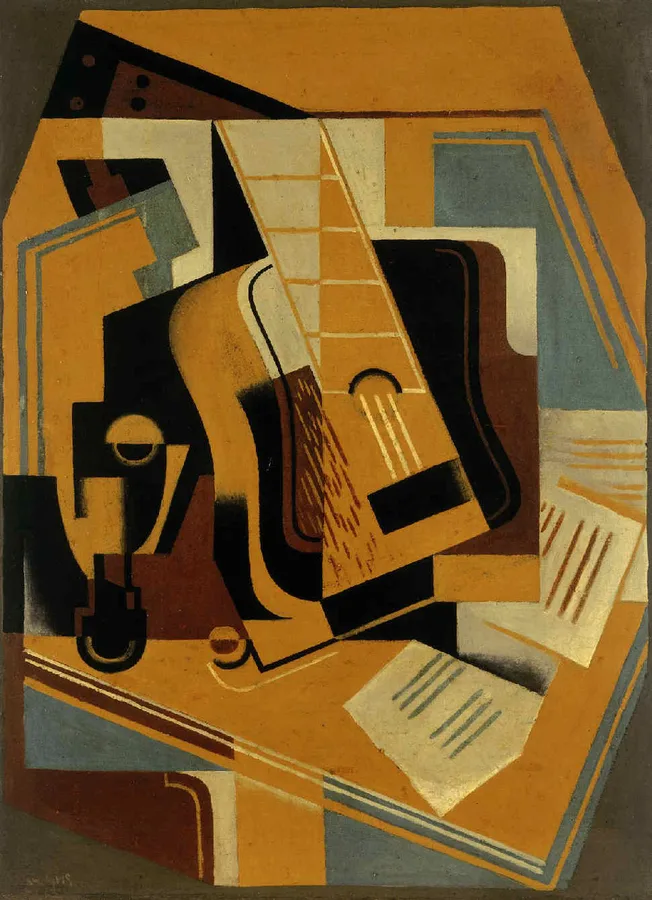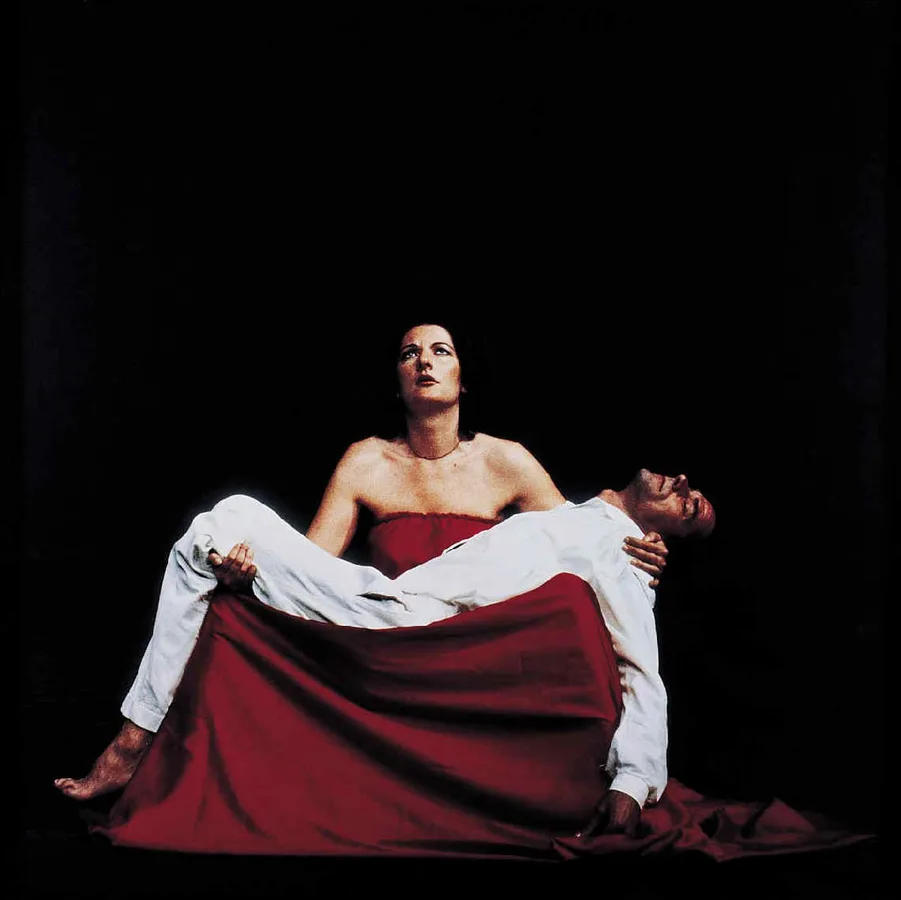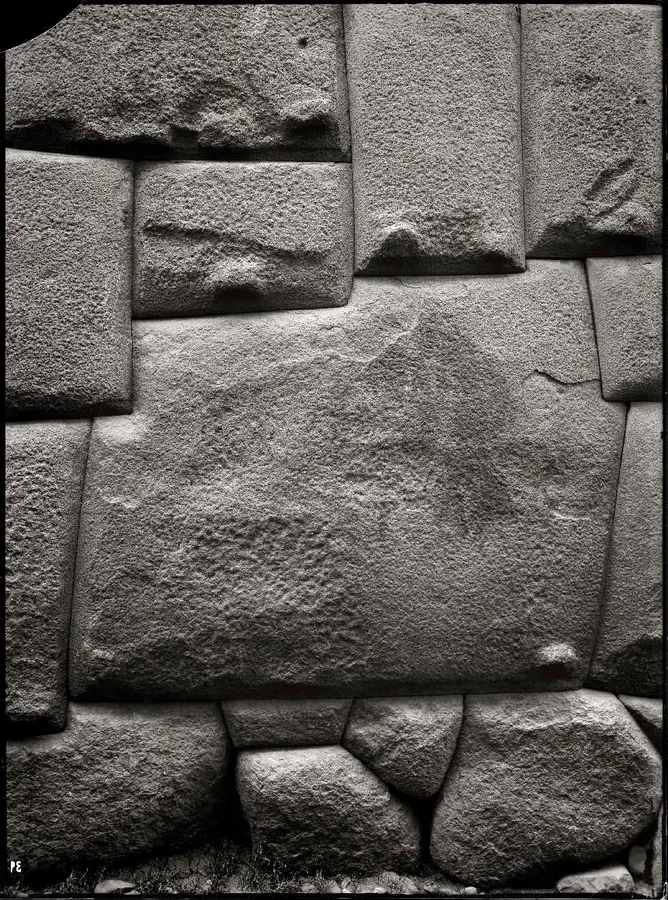Juan Gris, Telefónica Collection
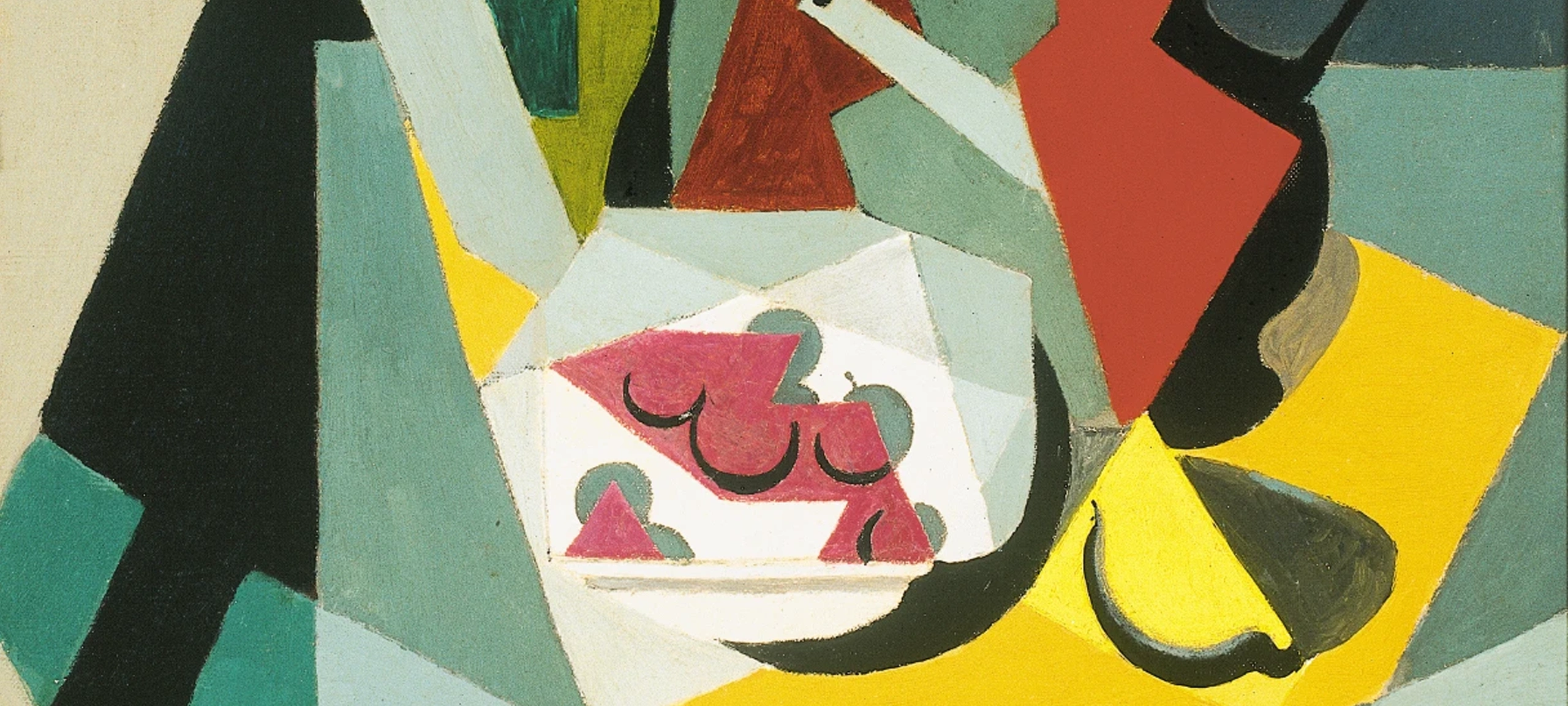
The Telefónica Collection is made up of works of art, technological pieces, documents, photographs, and audiovisuals, some of which can be seen for the first time thanks to the cataloguing and digitisation work completed in 2024 and a new consultation tool.
It comprises an extraordinary legacy grouped into the Art Collection, the Technological Heritage, and the Historical Archive. Together, they offer a look at the 20th century from three different but complementary disciplines that combine creation, innovation and history.
Telefónica started collecting in the 1980s. The first collection to see the light of day was the Art Collection, with works by Juan Gris, Luis Fernández, Eduardo Chillida, Antoni Tàpies, and Pablo Picasso. Acquisitions focused on artists who were underrepresented in Spanish museums at the time. A unique starting point that over the years would broaden its field of action and become more extensive.
The Art Collection comprises around 1,000 works by national and international artists
Today, the Art Collection comprises around 1,000 works, including paintings, sculptures, photography and works on paper by national and international artists. This is not a chronologically linear collection, nor does it have an encyclopaedic intent, but it does provide a concise overview of some of the most significant artistic movements of the 20th century, with Cubism being the best represented.
In the previous decade, the Company had already taken the first steps in its commitment to preserving the memory and disseminating one of its main interests: progress and innovation in the field of communication. To mark its 50th anniversary, in 1974, Telefónica held an exhibition that not only recovered pieces reflecting the evolution of telephony, but also presented telecommunication proposals that looked to the future. In addition, the progressive modernisation of its facilities will lead it to consider the preservation of the equipment that is being phased out. These objects will gradually form a technological heritage whose wealth is unique in Spain. Making this industrial archaeology and memory visible since the end of the 19th century shows how the remarkable phenomenon of remote communication is possible thanks to the capacity of human beings to innovate and overcome unsuspected limits.
The collection provides an overview of some of the most significant artistic movements of the 20th century
Chillida, Colección Telefónica
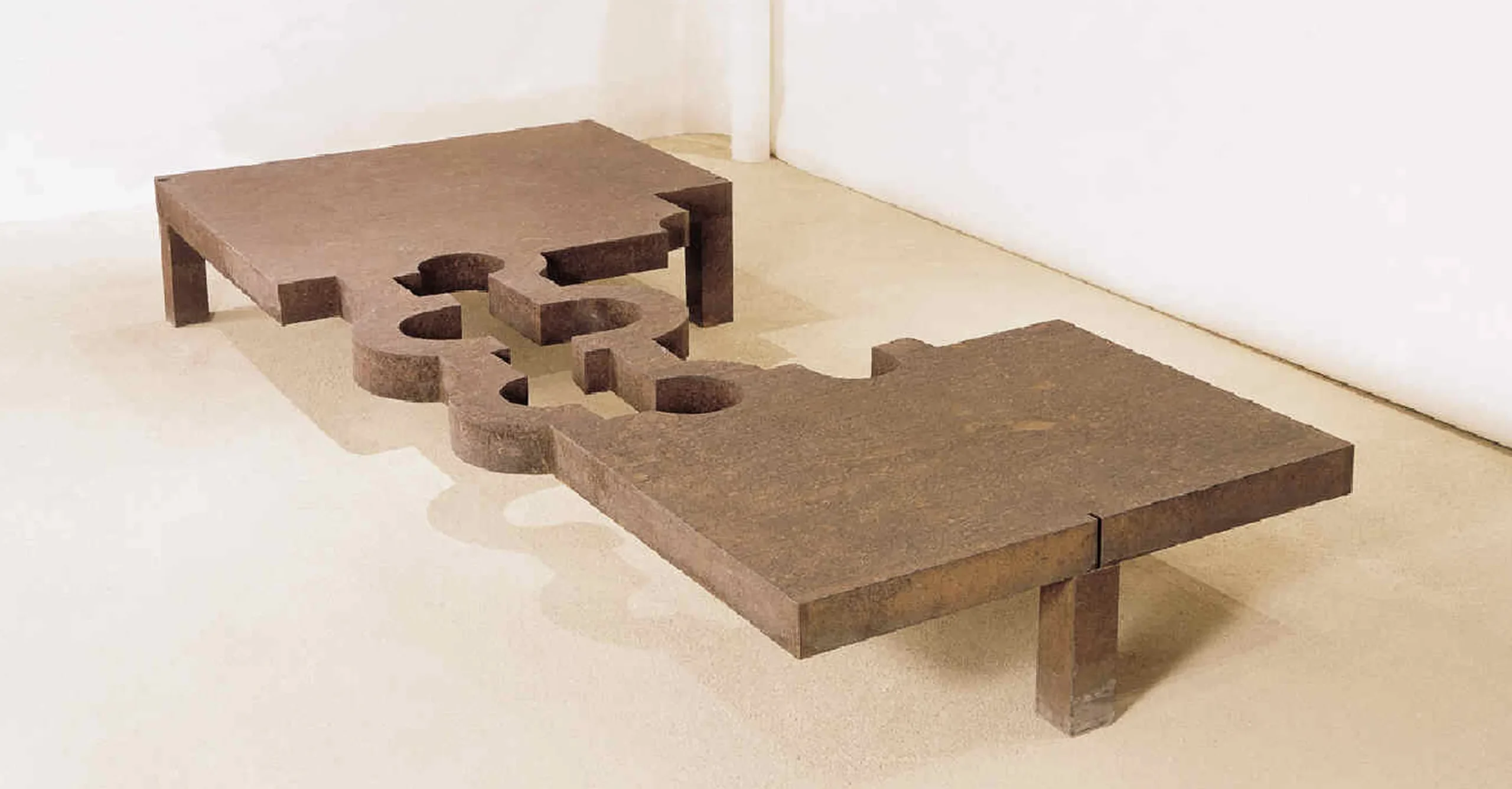
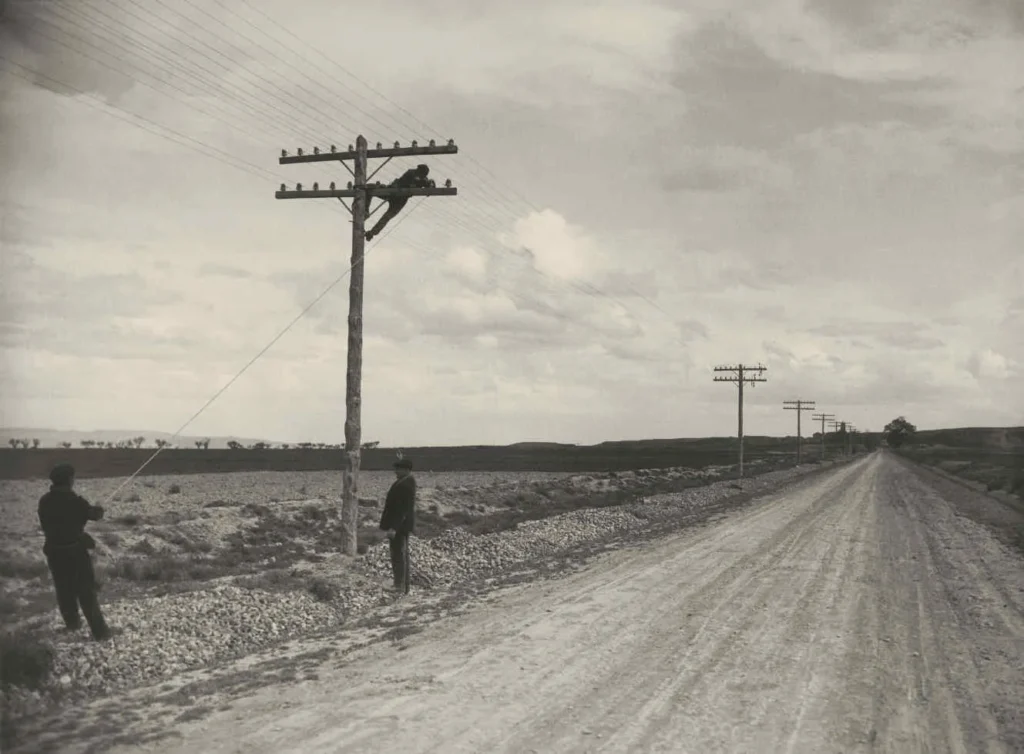
Historical Archive
This heritage is completed with the Historical Archive, consisting of more than 80,000 documents, including 10,227 photographs taken between 1924 and 1931 by some of the most representative photographers or “graphic reporters” of the time, such as Marín, Alfonso, Gaspar, Contreras and Vilaseca, who were commissioned by Telefónica to document the technological and social revolution brought about by the arrival of the telephone.
In addition, the Archive contains other documents of great historical value, such as telephone directories that allow us to trace the evolution of the telephone service; training manuals that include regulations, studies, and bulletins published by Telefónica and that show the company’s interest in standardising work procedures and creating a pioneering business culture; internal documentation such as minutes, contracts and designs; a collection of architectural plans of the most iconic buildings of the Company that illustrate how a company in the telecommunications sector contributed to the Spanish architectural and construction landscape with innovative solutions and systems; and the Revista Telefónica Española (RTE), a magazine published monthly by CTNE from 1925 to 1931.
Technological Heritage
A hundred years ago, the telephone began its expansion—an innovative invention patented in 1876 that amazed and transformed society at the time. Since then, the many discoveries and technological advances that made global and instantaneous communication possible have followed one after the other, and have ended up carrying much more than just our voice.
Aware of the importance of preserving a technological legacy that narrates a story of progress and innovation often hidden from view, Telefónica—through its Foundation—has recovered and safeguarded nearly 5,000 items, spanning from the rise of the telegraph in the late 19th century to the appearance of the first smartphones in the early 21st century. Pieces of diverse typologies which, due to their historical, technological and even aesthetic relevance, make up a unique collection in Spain.
Telefónica has recovered and safeguarded nearly 5,000 items

